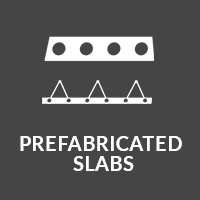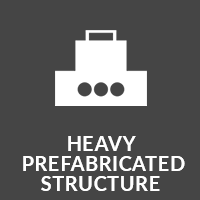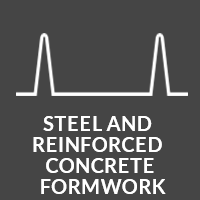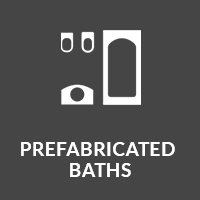The increased use of glass parapets in recent decades has driven the development of design standards. Because of the use of various calculation methods, there is a great deal of variation in the dimensioning of glass parapets' design.
If you are thinking of selecting a glass parapet or balustrade for your balcony, then this guide is sure to help you.
We'll present every tiny detail about glass parapets. So, make sure to read to the end.
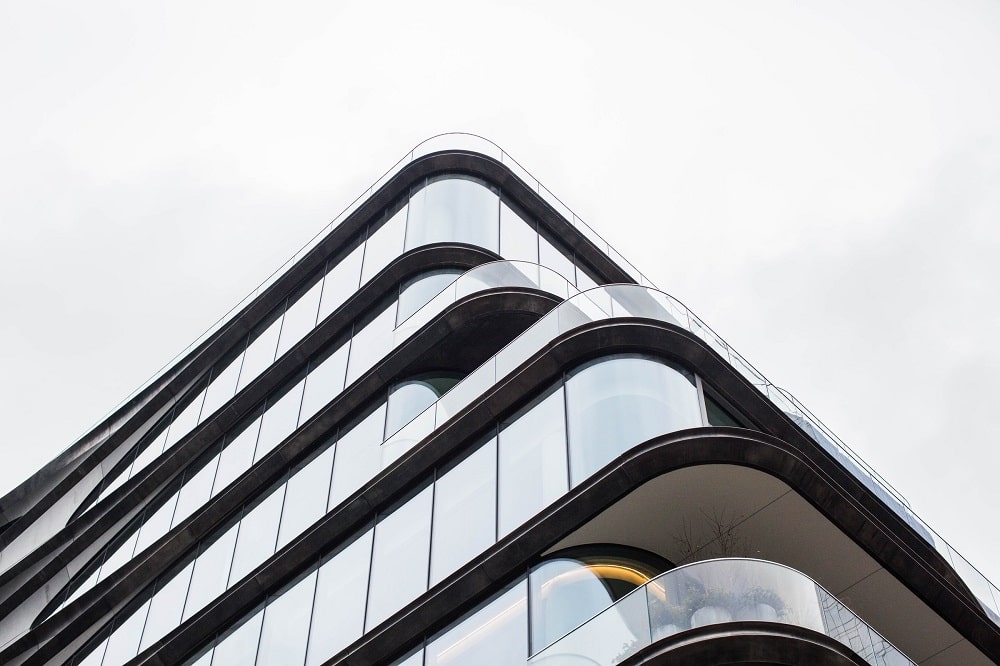
1. Think about the result
From the moment you begin designing the world, it is critical to be clear about the end goal you want to achieve. Whether you want a minimal or refined style, a clean line or one with visible components, once you've decided on the effect you want, you can focus solely on glass railings, with visible studs, with metal posts, or much more.
If you know exactly what impact you want your indoor railings to have, there will be no unexpected surprises after the installation is complete, when it will be too late to change your mind.
2. Eye for details
Even glass railings become furnishing accessories in an indoor environment. The parapet must also express the design principle you want to achieve for your setting, just as you would never select a piece of furniture based on its appearance.
In reality, you have a lot of options when it comes to finishes, edge forms, metal parts, colors, and so on. It is important to have a project that is already established to the smallest details in order to choose the best finishes, achieve a final result that is perfectly in line with your needs, and avoid running into a project that is not appropriate for your environment.
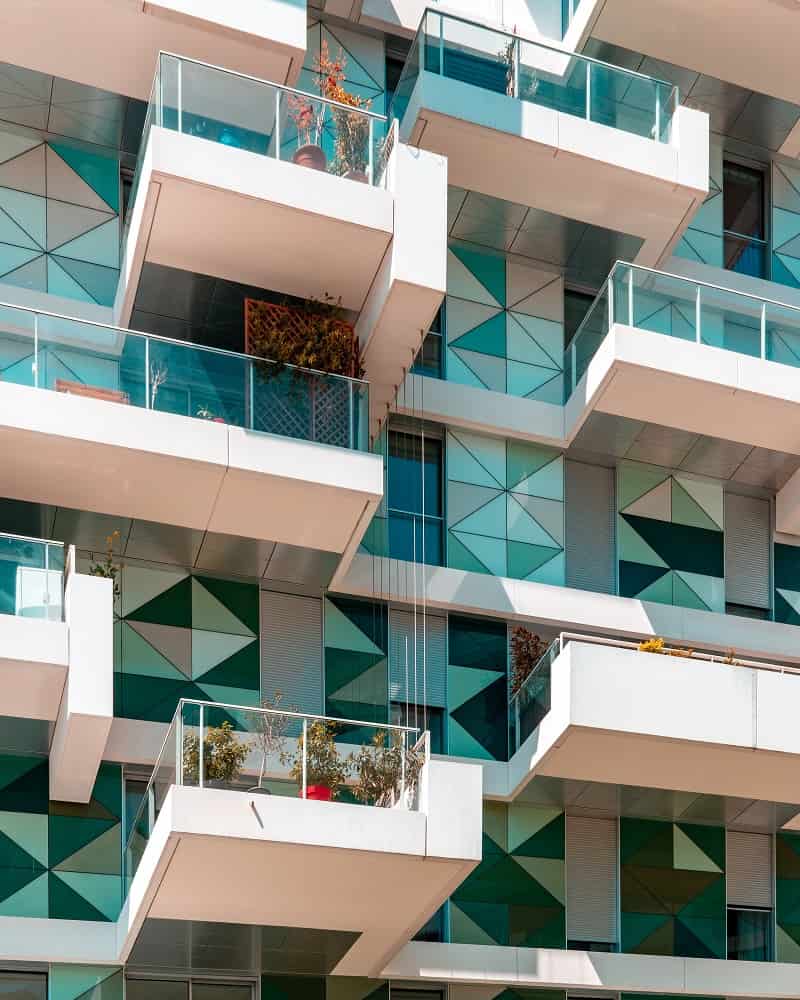
3. Don’t make the same mistakes
Do not overlook an expert's advice; remember that while the glass parapet is undoubtedly a distinguishing feature of your environment, its solidity and installation must not be overlooked.
As a result, rely on an architect who is familiar with safety regulations and can handle every aspect of the installation, as well as a glazier / window maker for proper and safe assembly and who can recommend the best modification.
Unpleasant events can be avoided with the help of a trained professional. A glass railing installed in accordance with the regulations is a railing that ensures you and your loved ones' safety.
4. Glass safety
So, which type of glass is suitable and safe for you? Let’s find out.
a. Non-tempered monolithic glass
You understand it because, in addition to being a single glass, it lacks any film (film for the coupling of the plates).
For safety reasons, we do not recommend using this type of glass because a single pane cannot guarantee safety.
b. Tempered monolithic glass
Inspite of tempering, the process of rapidly reheating and cooling glass (from 600 ° to 300 °) makes it four times more resistant than non-tempered glass. We do not recommend using this glass because it does not provide effective protection.
c. Laminated glass with non-tempered sheets
Depending on the intended use, the most common thicknesses are 10 + 10mm and 12 + 12mm. We only recommend this type of glass if the system you've picked (aluminum + glass) passes all of the tests required by the most recent legislation in effect (UNI 11678: 2017).
d. Laminated glass with tempered sheets
Depending on the proposed use, the most common thicknesses are 8 + 8mm, 10 + 10mm, and 12 + 12mm. It is the most common type of glass, but by selecting higher performing systems, you can reduce the thickness of the glass and thus save money while maintaining the same performance as glass with a higher thickness.
e. Laminated glass with 3 tempered sheets
Designed for a specific use, the most common thicknesses are 8 + 8mm, 10 + 10mm, 12 + 12mm, and 15 + 15mm. The three-plate system is only used when the construction manager requests it, such as in stadiums or other densely populated public places. Remember that there are two types of film for all laminated glass, namely the plastic material with which the sheets are coupled once heated: Soft plastic has no resistance after breaking, if all of the sheets break (a remote possibility), the glass of the parapet rests. Rigid plastic is used to increase safety because if all of the sheets break, the glass of the parapet will remain standing to resist thrusts stretching from 40 kg / m to 80 kg / m.
Summary
As a result, we can conclude that the best glass to choose, excluding those to "not choose," does not exist. Instead, there is the appropriate glass for the system you select, which can have a significant impact on the performance and safety of the environment you are creating.
When compared to the choice of glass alone, the system chosen + glass inserted has a 99 percent importance. This is because the system, not the glass, must pass the test.
5. It’s important to comply with regulations
Use the National Research Council's Instructions, the UNI 7697 and UNI 11678 regulations, which were updated in September 2018, to ensure that you have chosen a safe and compliant product.
As a result, ensure that your supplier has kept up with legislative changes, and don't be misled by articles you find online, which may contain references to standards that are no longer in effect or are out of date.
As a company, we have conducted numerous tests to ensure that our glass railings are perfectly compliant and that we can guarantee our customers the absolute safety of the product they have chosen.
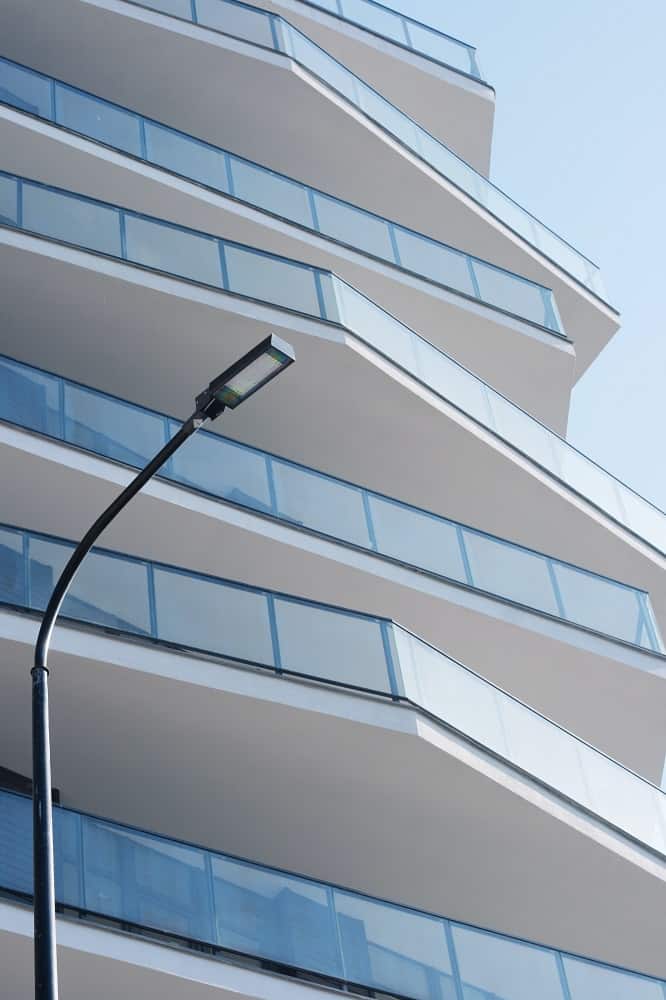
6. Lights and colors are a necessity
The finishes available for glass railings are numerous and vary depending on the environment you wish to create:
- Glass for LEDs: If you want to create an environment with a strong emotional impact or make, a space stand out.
- Etching, Sainting, or Sandblasting: to produce graphic effects, drawings, or a uniform opaque effect.
- Print: If you require a high level of graphic customization.
- Total color: with a back enameled glass, you can select a semi-transparent color and total coverage.
It is best to consider the various finish options for your glass railing from the beginning of the design process. Do not undervalue this aspect; otherwise, you may end up with unsatisfactory results.
Your supplier or designer will be able to advise you on the best finishes to use, so entrust them with the design of your ideal glass parapet.
You can choose from a variety of RAL colors to help you merge the product into your environment (such as RAL 9016, ideal for obtaining the same color tip as the white interior paint and to create harmony between spaces and furnishings).
If you want a more high-tech look, choose steel accessories with a glossy or satin finish, or silver anodization. It is critical to install a parapet that matches the style of the room in which it will be installed. There are numerous customization options available, ranging from color to upright profile. Choose the one that best complements your original concept; otherwise, you will have a glass railing that falls short of your expectations.
8. Carry out analysis
Before selecting the parapet, its parts, and their implementation, it is critical to conduct a structural analysis of the structure that will accommodate it. This is due to the fact that structural differences can affect the type of fixing, the uprights to be used, and the final costs.
It is risky to not know the structure of the building or the space that will house the parapet: what will happen if a heavy parapet is installed on a weak structure? What if the glass isn't strong enough?
Don't take chances; instead, have experts inspect the structure where the parapet will be installed.
9. Get expert advice
You can get an ideal image of the finished work by contacting a shop or a showroom, but you won't know if the technical specifications you require match what you've seen.
The benefit of hiring a professional, such as a glazier or window maker, is having the assurance of a professional job and skipping an intermediate step, which saves time and money in the long run.
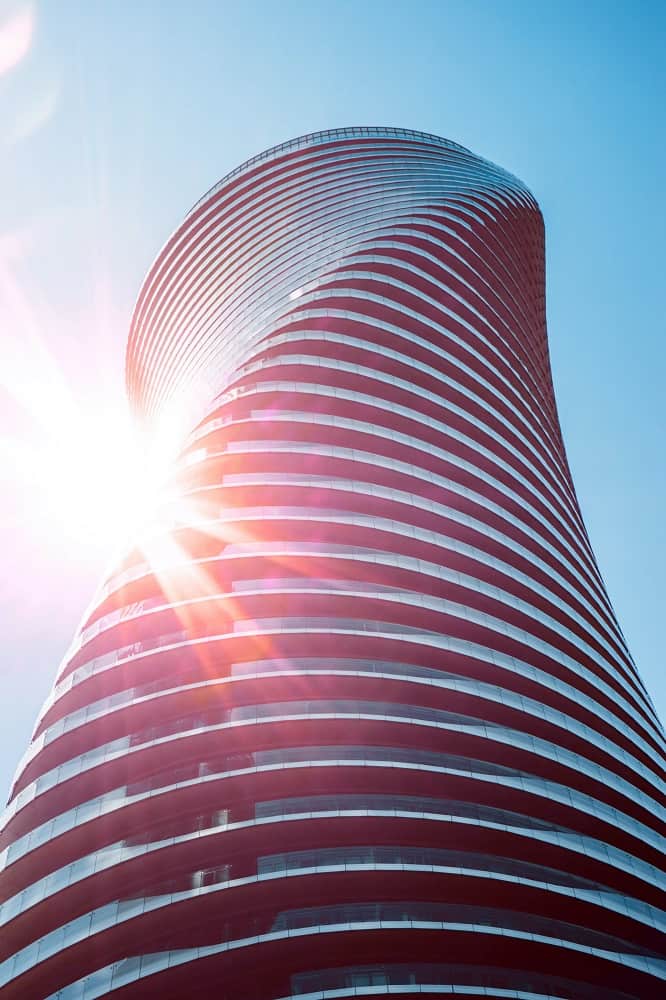
10. The many advantages of choosing glass
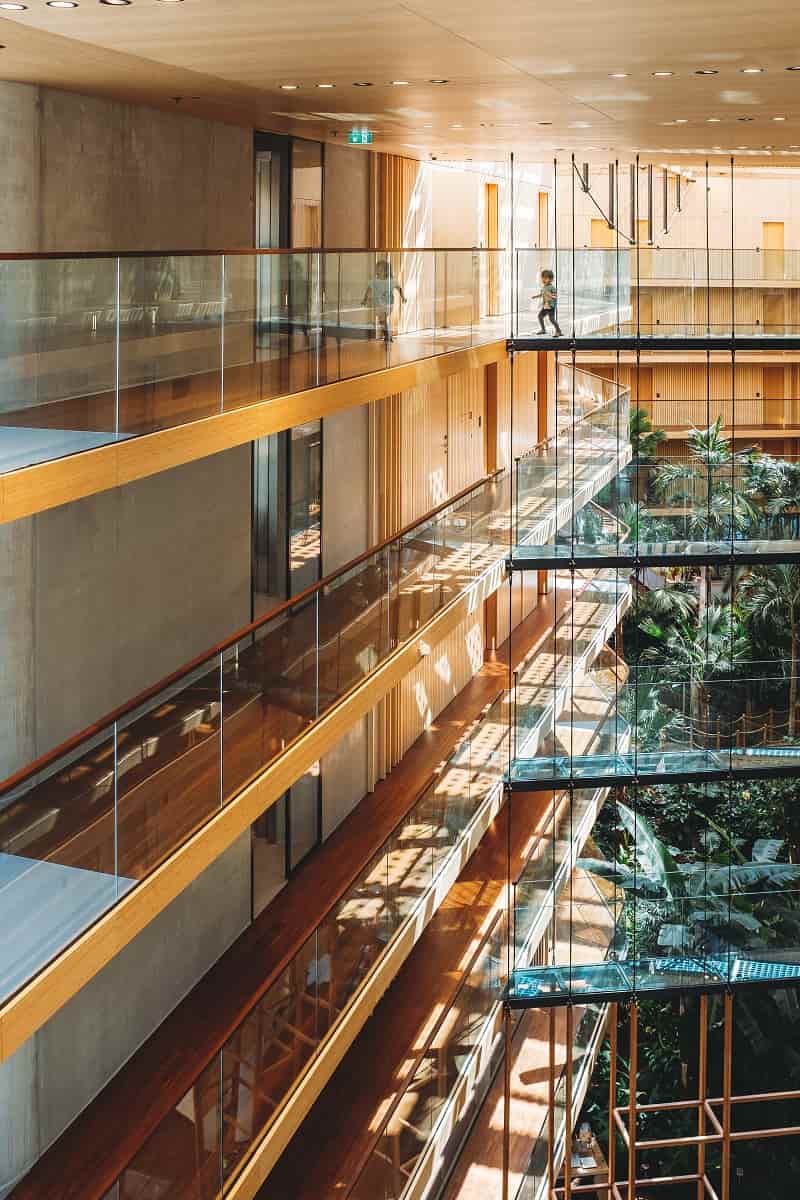
Security, functionality, structural integration, and prestige are just a few of the important aspects for those who have already chosen this system.
Before focusing solely on savings, it is best to start with some fundamental considerations such as maintenance, safety, and aesthetics.
In fact, you will be hard pressed to find a "do-it-yourself craftsman" who can guarantee the performance required by parapet regulations. For example, due to the difficulty of obtaining valid test certificates even from market companies, no craftsman has performed tests at certified bodies to date.
Glass parapets, on the other hand, are subjected to strict safety tests and are only made with materials that meet current regulations.
Even if buying an "artisanal or non-compliant" parapet is less expensive, additional costs for maintenance (for example, if the glass dips) or uncertain times for assembly or future assistance must be considered.
Picking the right a compliant glass railing may be more expensive in the beginning, but you will no longer need to intervene in any way, and you will have a product that will last for years. Besides, the visual impact obtained by selecting a glass parapet is impossible to obtain with other materials: transparency helps to give more depth to spaces, create light, create a unique environment, renew the aesthetics of a building, or provide breathtaking views without the interference of other materials.
Catania Group is a pioneer in the field of glass parapets, offering complete solutions that are instantly recognizable for their top standard, distinctive design, and high performance. At Catania group, our glass parapets combine the power of the handrail, glass, and when needed posts; it is uncommon in nature, and no other system on the market works in this fashion. It allows different and unique options that other glass balcony suppliers simply cannot.




